Everyone knows the United States is becoming the biggest threat to OPEC – producing more and more oil every day. In fact, as U.S. cargoes show up more regularly in Asia, America has been quietly eating up Middle East crudes’ share market. And there’s nothing the OPEC could do as they have agreed to take 1.8-million bpd (barrel per day) of oil off the market by cutting down their production.
Now that the OPEC and non-OPEC oil giant Russia have agreed to extend oil output cuts until the end of 2018 (from its initial due date of March 2018) following hours of discussions in Vienna end of November, the U.S. oil producers – especially the shale drillers – could only laugh all their way to the bank. The Arabs and Russians are practically shoving money into the U.S. drillers’ pocket.
The U.S. Energy Information Administration (EIA) on Tuesday said it expects U.S. output to grow by 780,000 barrels a day next year. The next day, the 14-member oil cartel OPEC gives a sexier number – forecasting growth of 1.05 million barrels a day. But by Thursday, the EIA already changed its own number, predicting 870,000 barrels a day instead.
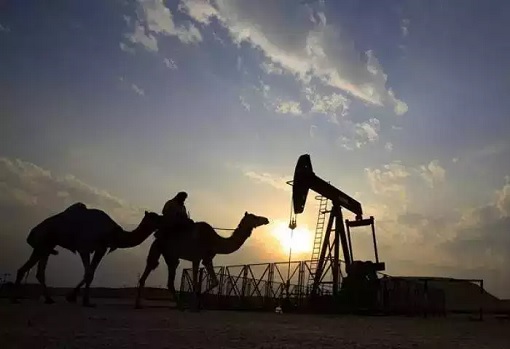
While everyone agrees that U.S. oil production will be up next year, nobody knows by how much. The extraordinary wide margin of error means it’s a risky business trading the commodity. Although it’s a lucrative business, the U.S. shale drillers knew the danger of being too optimistic. They are basically facing with two options – take money off the table, or expand new drilling.
After they have pumped aggressively in the past, it doesn’t take a rocket scientist to decide that perhaps now is the time to focus on making money – generating positive cash flow. What this means is to stop, or at least to slow down, the expansion of new drilling but return money to shareholders instead. In short, the drillers might spend less capital on funding new production.
Independent drillers have in the past borrowed heavily to start their production. Thanks to Saudi Arabia and Russia, the crude oil prices are now above US$60 a barrel. There’s no harm, therefore, for the shale drillers to leverage on the situation and get their finance books in order. However, such balancing act only applies to small and medium-sized drillers.
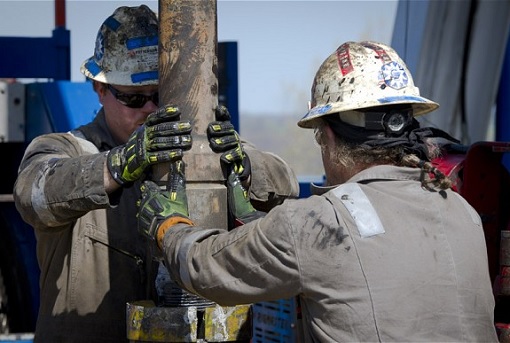
Big players with deep pocket such as Devon Energy, Continental Resources, Marathon Oil, Newfield Exploration and Abraxas Petroleum will have no problem burning more money on new drilling expansion. Investment banking firm Stifel believes financial-strong publicly traded drillers can grow production without spending beyond their means as oil prices rise.
It was estimated that the U.S. drillers with healthy cash flow could easily increase their oil volumes by 20% next year while spending their cash flow by US$3.2 billion. Therefore, Barclays analysts on Wednesday said U.S. production can grow by at least 1 million barrels a day next year – even as drillers try to shape up their balance sheets.
It appears that 2018 will not be a happy year for OPEC producers. Paris-based International Energy Agency (IEA) said US drilling and well completion rates have picked up as prices have rebounded, meaning output is definitely set to rise. Based on its calculation, IEA thinks the world will be flushed with oil surplus of 200,000 barrels a day in the first half of 2018.
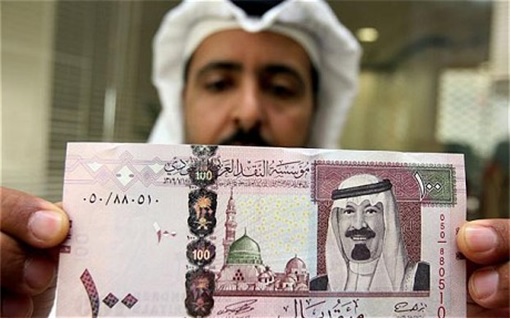
The forecast between OPEC and IEA is already a very interesting subject. OPEC believes its production curbs is the Holy Grail as it successfully eliminates the excess oil inventories that have depressed crude prices for more than 3 years. IEA, however, thinks surplus will barely budge next year simply because new supply growth surpasses gains in demand.
Yet, OPEC cartel and Russia can always depend on supply disruption, such as the ongoing outage of the Forties pipeline which carries North Sea oil to Britain, to push up crude oil prices in 2018. And of course conflicts or even new war in the Middle East is good news for Saudi Arabia as such crisis will always push up oil prices.
Still, Goldman Sachs believed the “Big Oil” – BP, Royal Dutch Shell, ExxonMobil, Chevron and Total – will certainly re-employ capital expenditure at double-digit returns, if the current favourable market conditions continue next year. Efforts by OPEC and Russia to withhold production to prop up prices is providing a comfortable support level for American drillers to pump more.
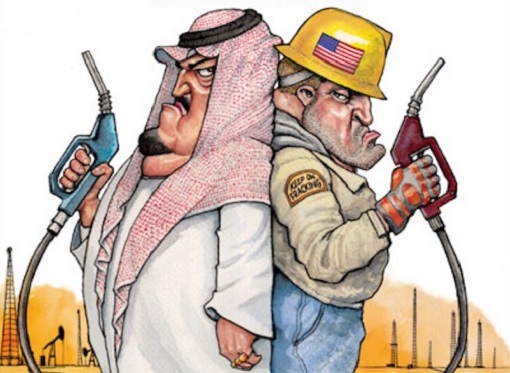
Other Articles That May Interest You …
- U.S. Oil Producers Eating Up Asian Market, And There’s Nothing OPEC Can Do
- Here’s How Oil Could Crash To $10 – In 6 To 8 Years
- Challenging The US Dollar – Soon, China Will Buy Saudi’s Oil Only In Yuan
- The Magic Number 2020 – Oil Price Will Be Stuck Below $60 Until Then
- BOOM!! – Oil At Lowest Of 2017, Get Ready For $35 – $38
- A Month Of Asia Tour – King Salman’s Mission & The Real Reason He’s Here
- Here’s Why Oil Above $100 Will Never Happen Again, Ever, Forever!!
- Meet United States – The World’s Latest Oil Exporter – After 40 Years

|
|
December 15th, 2017 by financetwitter
|


|

|

|

|

|

|






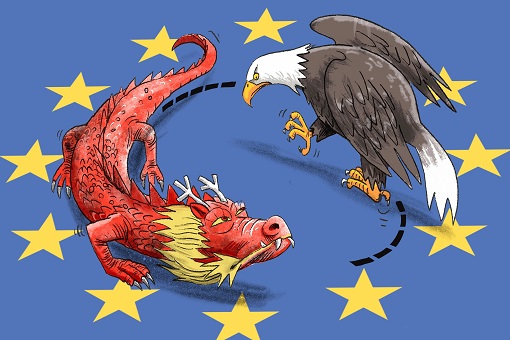





















Comments
Add your comment now.
Leave a Reply